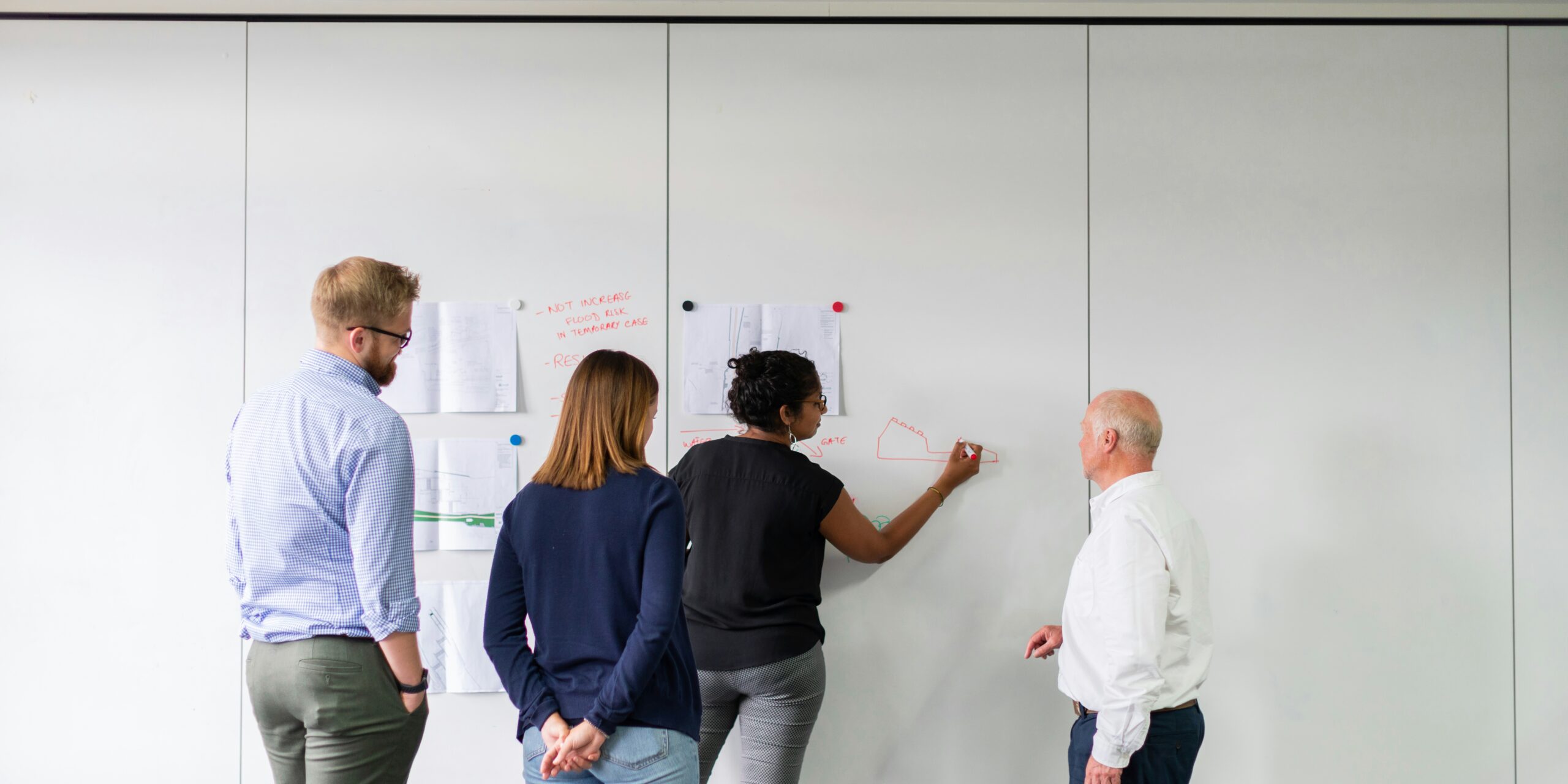Imagine turning your Learning & Development (L&D) strategy on its head and achieving better learning outcomes in the process. That’s the power of employing ‘backwards design’ in your L&D initiatives. By starting with the end goal in mind, you create a clear road map that guides your learners to an understanding of the key concepts, making it easier for them to achieve their learning objectives.
So, how do you implement this counterintuitive approach and why is it important? In this blog post, we’ll explore the key benefits of using backwards design and provide practical steps to help you take your L&D strategy to the next level.
The Essence of Backwards Design
Backwards design, also known as Understanding by Design (UbD), is a three-stage process that involves identifying the desired outcomes, determining the evidence of learning, and designing the learning experiences and instruction. This method allows for the development of a more cohesive and effective learning plan, focused on achieving specific learning outcomes.
Why Use Backwards Design?
“When you start with the end goal in mind, it helps you create a clear path for learners to follow,” says an L&D professional. This approach can lead to several benefits:
- Increased learner engagement: By knowing the learning objectives upfront, learners are better equipped to understand the relevance and importance of the content, making them more engaged in the learning process.
- Better alignment with business goals: By designing your L&D initiatives around your organization’s strategic objectives, you can ensure that your training programs directly contribute to achieving these goals.
- Improved assessment and evaluation: Knowing the desired outcomes from the beginning allows for the creation of assessments that more accurately measure learner performance and progress towards the goals.
Implementing Backwards Design in Your L&D Program
To successfully implement backwards design, follow these steps:
- Identify the desired learning outcomes: Determine what knowledge, skills, or attitudes you want your learners to develop or improve upon. These should be aligned with your organization’s goals and objectives.
- Develop assessments and evaluations: Create methods to measure the progress of your learners towards the desired outcomes. This can include quizzes, tests, or project-based assessments.
- Design learning experiences and instruction: Develop learning activities that guide your learners towards the desired outcomes. Make sure to consider different learning styles and preferences, as well as any potential challenges or barriers to learning.
A Real-World Example
Take the case of a large organization that needs to improve its sales team’s negotiation skills. By using the backwards design approach, the L&D team first identifies the desired outcome – improved negotiation skills that lead to increased sales. They then develop assessments to evaluate the sales team’s negotiation abilities and create learning activities that focus on specific negotiation techniques and strategies. Through this process, the L&D team is better able to create a targeted, effective training program that drives real business results.
Learnexus: Your Partner in Backwards Design
At Learnexus, we understand the importance of using backwards design to create effective L&D programs that drive results. Our marketplace of experienced freelancers specializes in various aspects of Learning & Development, making it easy for you to find the perfect match for your needs. With Learnexus, you can save 47% on costs, save time, and eliminate procurement issues – all while achieving your learning objectives through the power of backwards design.




